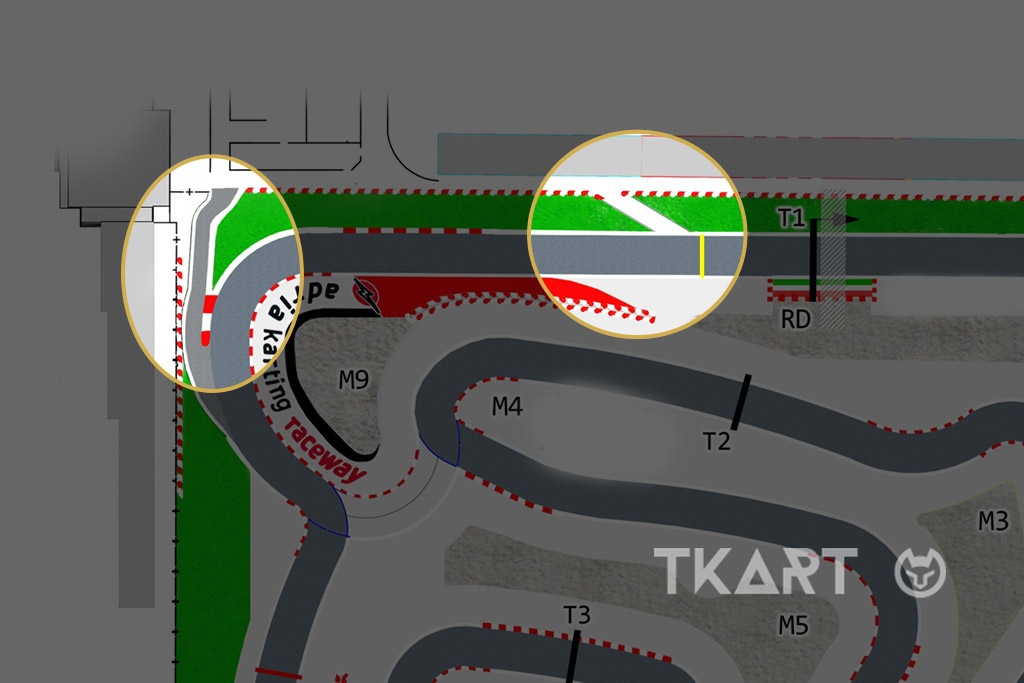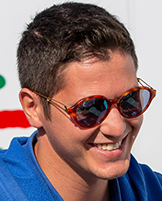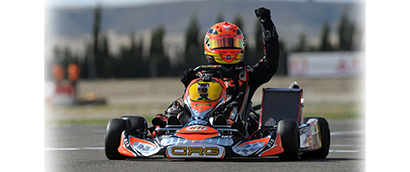no results
Frequent Searches
"Axle"
"Tires"
"Setup"
"Caster"
"Seat"
"Carburetion"
"Carburettor"
Frequent Searches
FIRST OF ALL, SAFETY!



IDENTIFY “KEY” CURVES ON THE MAP